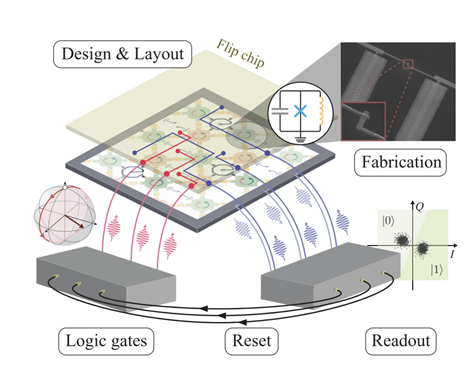Busted: Revealing Mismatches in MJO Modeling
Research uncovers the errors that prevent modeled precipitation variations from matching real-world results.

The Science
Working to reveal the secrets of a persistent, global oscillation that begins as an Alaska-sized pulse of clouds and precipitation over the Indian Ocean, researchers from Pacific Northwest National Laboratory identified the processes responsible for persistent precipitation in the models. They found that most of the models get the relationship between environmental moisture and precipitation wrong. This mismatch produces more precipitation than is observed particularly during inactive phase of the oscillation.
The Impact
Many parts of the world are influenced by weather patterns associated with the oscillation, known as the Madden-Julian Oscillation (MJO). For the U.S. West Coast, the MJO can influence atmospheric river events, affecting the probability of floods and droughts in those states. Globally, the MJO modulates monsoon rainfall and tropical cyclone activity thus affecting agricultural production, infrastructure, and the daily survival of many. The regularity of the oscillation could improve prediction of extreme precipitation events, but first, models have to accurately represent it. This work identifies modeling assumptions to whittle down the range of results, ultimately offering a better view of what makes the MJO tick.
Summary
The Madden–Julian Oscillation (MJO) is the largest element of the intraseasonal (30–90 day) variability in the tropical atmosphere. Better understanding of the MJO is vital. Its potential predictability could improve forecasting of extreme weather in many regions around the world, including the western United States, Australia, and South Asia. Despite decades of work, simulating the MJO in climate models and understanding the instabilities that drive it remain a significant challenge. Pacific Northwest National Laboratory researchers are using field data and supercomputers to better model how the MJO operates. Their work will provide a new understanding of the MJO’s interaction with regional weather systems worldwide. Using the Edison supercomputer at the National Energy Research Scientific Computing (NERSC) and data gathered during a field campaign over the Indian Ocean, the team identified why too much precipitation appears in the models, especially during the low-rainfall period of the MJO signal. They found that the mismatches are related to the fact that most models get the relationship between environmental moisture and precipitation wrong, producing more precipitation than is observed for the same moisture content in the environment.
Contact
Samson Hagos
Pacific Northwest National Laboratory
samson.hagos@pnnl.gov
Funding
This research was supported by the U.S. Department of Energy, Office of Science, Biological and Environmental Research under the Atmospheric System Research Program, and the Regional and Global Climate Modeling Program. The resources of the ARM Climate Research Facility's ARM MJO Investigation Experiment (AMIE) field campaign and the National Energy Research Scientific Computing Center (NERSC) were used.
Publications
S. M. Hagos, Z. Feng, C. D. Burleyson, C. Zhao, M. N. Martini, and L. K. Berg, "Moist process biases in simulations of the Madden-Julian Oscillation episodes observed during the AMIE/DYNAMO field campaign." Journal of Climate 29(3), 1091 (2016). [DOI: 10.1175/JCLI-D-15-0349.1]
Related Links
PNNL Highlight: Busted: Revealing Mismatches in MJO Modeling
Highlight Categories
Performer: DOE Laboratory , SC User Facilities , ASCR User Facilities , NERSC , BER User Facilities , ARM



